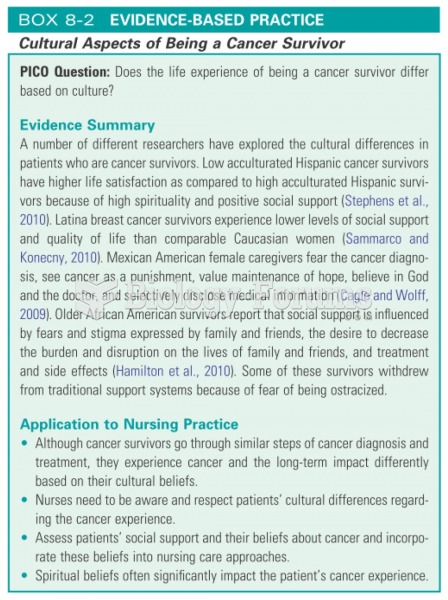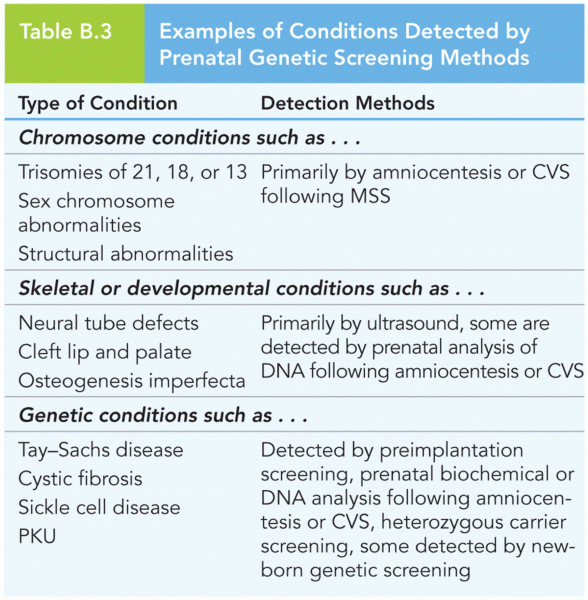Answer to Question 1
Alcohol is thought to have an anxiolytic effect as a result of its effects on the septal/hippocampal system, which includes a large number of GABA-sensitive neurons. Studies of the sons of alcoholics suggest that there may be a genetic predisposition to being less sensitive to alcohol when it is first ingested and then less sensitive to its effects over time, meaning that the euphoric effects take precedence. Alcoholics and their sons also tend to show altered brain-wave activity, although it is not clear whether this pattern is connected to the reasons people become alcohol dependent or a sign of some other similarity. Alcohol may also enable people to cope with stress or anxiety, and so becomes a negative reinforce; people who experience stress or abuse are at risk for increased drinking. People's expectancies about how a drug such as alcohol can affect their response to the substance and their tendency to use or abuse the drug. Cultural guidelines influence people's definitions of what is acceptable regarding substance use, how such use is linked to daily activities and social events, and may affect the social and legal consequences of such drinking.
Answer to Question 2
It appears that the course of alcohol dependence may be progressive for most people, whereas the course of alcohol abuse may be more variable. Among chronically alcohol-dependent men, a general progression of alcohol-related life problems did emerge. Three-quarters of the men reported moderate consequences of their drinking, such as demotions at work, in their 20s. During their 30s, the men had more serious problems, such as regular blackouts and signs of alcohol withdrawal. By their late 30s and early 40s, these men demonstrated long-term serious consequences of their drinking, which included hallucinations, withdrawal convulsions, and hepatitis or pancreatitis. This study suggests a common pattern among people with chronic alcohol abuse and dependence, one with increasingly severe consequences. This progressive pattern is not inevitable for everyone who abuses alcohol, although we do not as yet understand what distinguishes those who are and those who are not susceptible. Finally, statistics often link alcohol with violent behavior. Laboratory studies show that alcohol does make participants more aggressive. However, whether a person behaves aggressively outside the laboratory probably involves a number of interrelated factors, such as the quantity and timing of alcohol consumed, the person's history of violence, expectations about drinking, and what happens to the individual while intoxicated. Alcohol does not cause aggression, but it may increase a person's likelihood of engaging in impulsive acts and it may impair the ability to consider the consequences of acting impulsively. Given the right circumstances, such impaired rational thinking may increase a person's risk of behaving aggressively.







